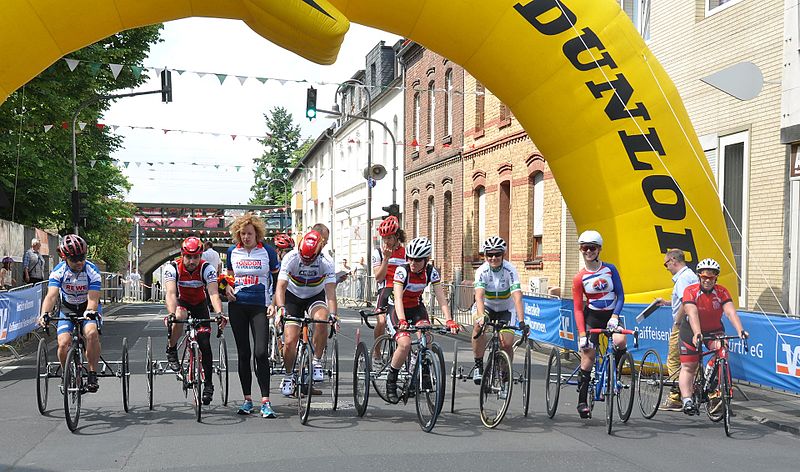Some people live with disabilities their entire life. Others may experience tragic changes at some point. They arise as congenital disabilities — a consequence of illness or injury. It can happen to anyone, from a child to a teacher, painter or bodybuilder.
Limitations Can Change Our Lives
It has always been fascinating how millions of brave people fight with handicaps every day, maintaining the same quality of life and a positive attitude. Undoubtedly, disabilities slow a person down in a certain way. Imagine that person to be a professional athlete. Disabilities can change their entire world, exclude them from the community, and lead to the development of some severe psychological issues.
However, sports like cycling are very inclusive and friendly to people with disabilities.

Inclusive Cycling
Perhaps some people may consider inclusive cycling much different from ordinary cycling, but for riders, it is still a part of the same world. They stay in the cycling society, spend time on the same tracks and share the same purpose. The only difference is that they have slightly different equipment.
Each Inclusive Rider Has Their Own Gear
Every disability requires bicycle steering that is specially adapted to its needs. That is why bikes are custom-made, depending on the person’s disability.

- Tricycles are the most stable version, recommended to people with disturbed balance, like those suffering from dyspraxia. They usually have leg plates instead of pedals to facilitate movement.
- Handcycles resemble standard bikes; however, instead of pedals, they have hand commands. They are made, with minor modifications as needed, for persons with immobile lower extremities, or those who underwent amputations or suffered injuries.
- Tandem bike is specifically made for people with vision problems. It has two seats — the front seat for the rider or pilot who is steering and pedaling, and the back seat for the person with limited vision who is only pedaling.
- Wheelchair cycles are attached to a bicycle ridden by another rider. They are used by those persons who are unable to move independently. This way, they can feel the spirit of the race and enjoy the ride.
How To Spent a Beautiful Day Cycling?
With modern equipment and technology, it’s even possible to have a professional para-cycling career and win Olympic medals. You can ride in sports arenas, velodromes, outdoors, and even mountain races as a para-cyclist or inclusive-cyclist.
Yet, it is ok not to be so ambitious. Sometimes, it’s more than enough to stay active and nurture the same values and passions. It is true that our life has changed a lot, but don’t let your incapability define you. There are still many things to do and trails to concord. You can explore cycling or inclusive-cycling communities and join some of them. Those communities usually have very vibrant social programs and often organize charity races where you can participate, no matter if you are riding for a thrill or enjoyment.

